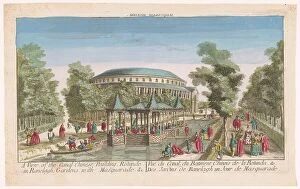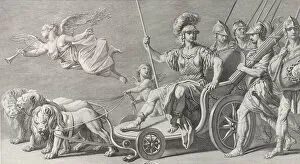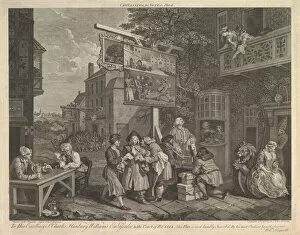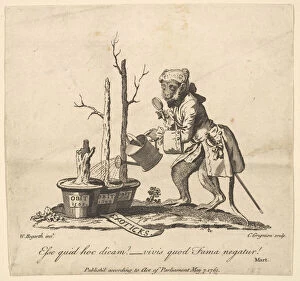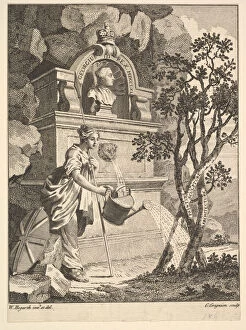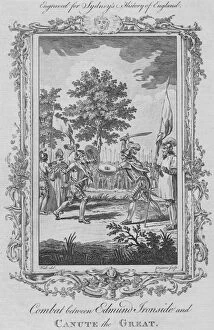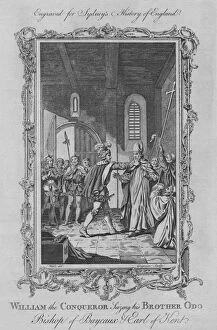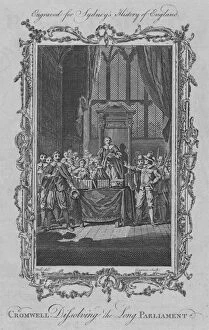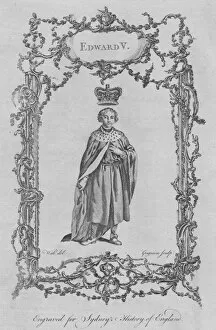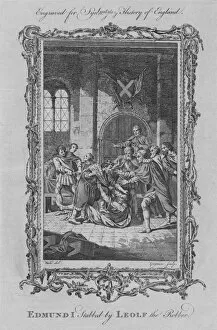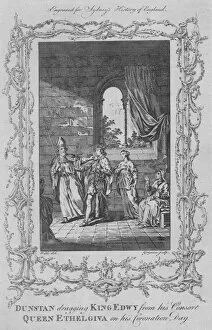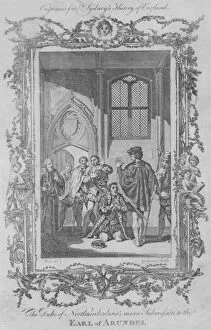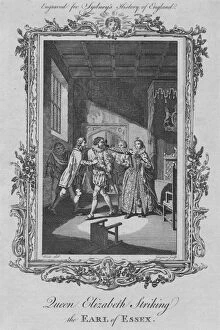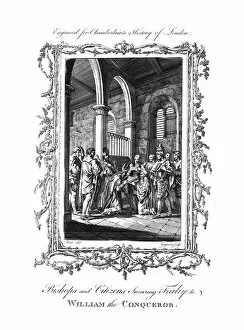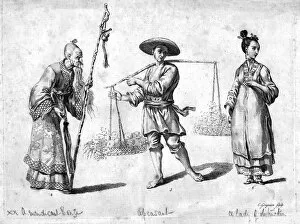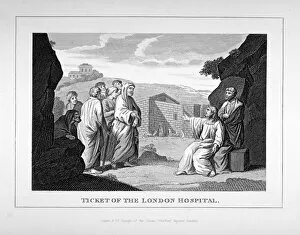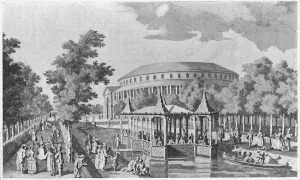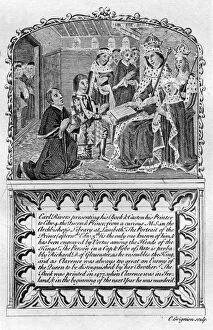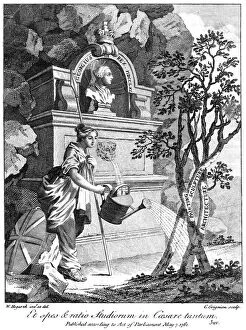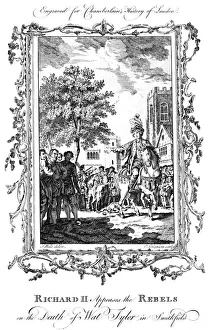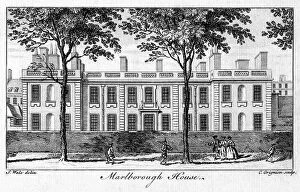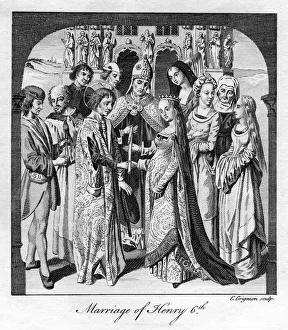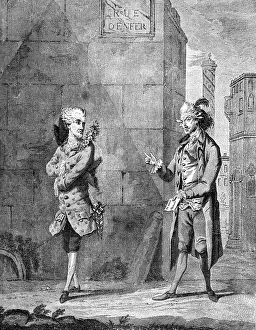C Grignion Collection
Charles Grignion was a talented artist known for his intricate and captivating works
All Professionally Made to Order for Quick Shipping
Charles Grignion was a talented artist known for his intricate and captivating works. In 1749, he depicted Mars on a chariot drawn by three lions, showcasing his mastery of detail and symbolism. The following year, Grignion captured the excitement of a cricket match in Mary-Le-Bone Fields, transporting us back to the lively atmosphere of 18th-century sports. In February 1757, Grignion delved into political satire with "Canvassing for Votes, " presenting a humorous take on election campaigns. His ability to capture the essence of human interaction shines through in this piece. Grignion's tailpiece and frontispiece for the Catalogue of Pictures Exhibited in Spring Garden in May 1761 demonstrate his versatility as an artist. These pieces serve as visual invitations to explore the world within those pages. Moving beyond London scenes, Grignion also showcased his talent for landscapes with "View of York" in 1756. Through meticulous strokes, he transports us to this historic city and captures its unique charm. The portraits created by Charles Grignion are equally remarkable; one such example is "George II" from 1773. With great attention to facial features and expression, he brings historical figures to life on canvas. Grignion's depiction of significant events like the combat between Edmund Ironside and Canute the Great or Edward the Black Prince waiting on John King of France his Prisoner showcases not only his artistic skill but also his interest in history. "The Maid of Orleans receiving the Sword of St. Catherine" is another testament to Grignion's ability to capture powerful moments from history while infusing them with emotion and depth. Lastly, we have "William the Conqueror seizing his Brother Odo. " This artwork demonstrates Grignion's knack for storytelling through visuals—his portrayal evokes curiosity about their relationship and what led William down this path.



